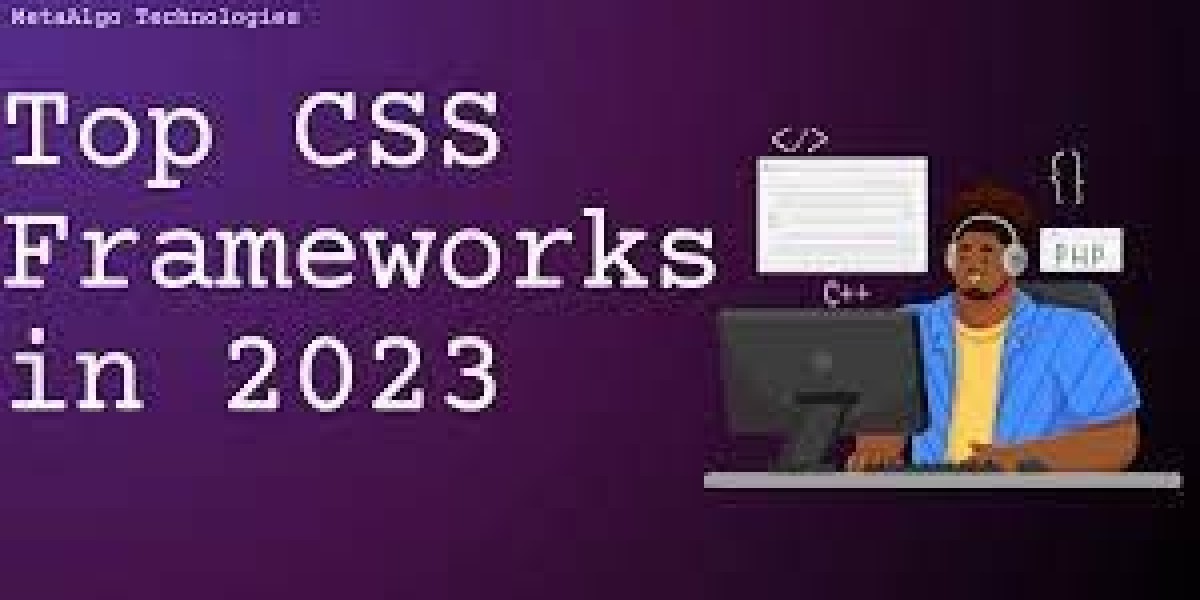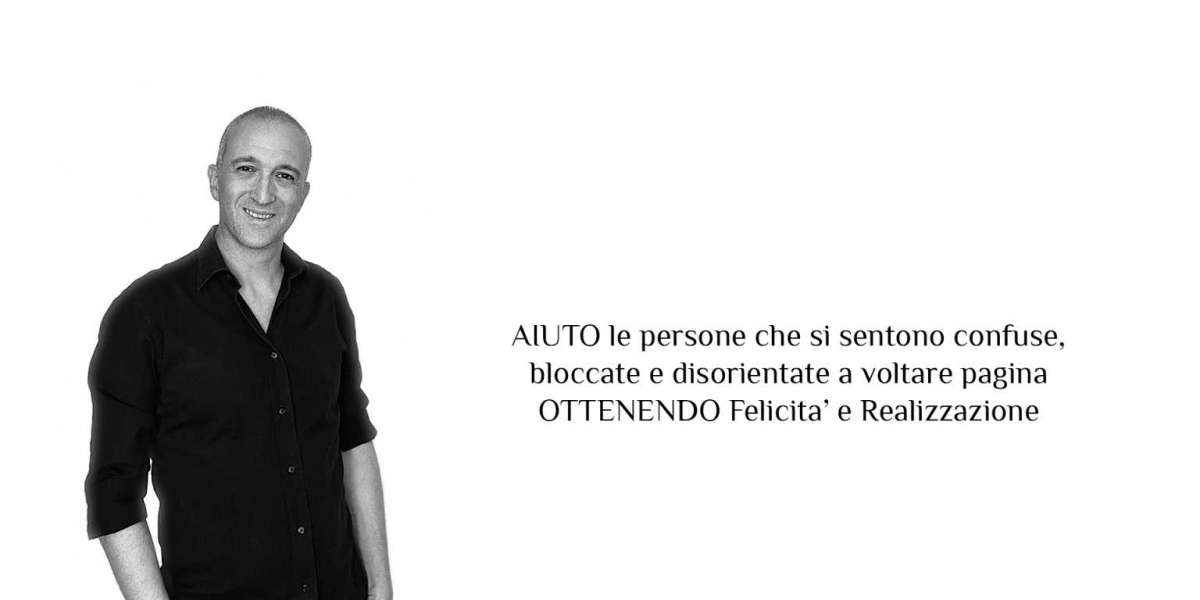In the ever-evolving landscape of web development, CSS frameworks play a pivotal role in streamlining the front-end development process. These frameworks provide developers with pre-written, reusable code that enhances consistency, responsiveness, and overall efficiency. As we step into 2023, let's explore the top 20 CSS frameworks that are shaping the way developers create modern and visually appealing websites.
1. Bootstrap: A Time-Tested Favorite
Bootstrap remains a stalwart in the world of css frameworks 2023. Its responsive grid system and extensive library of components make it a go-to choice for developers seeking a robust and versatile framework for their projects.
2. Tailwind CSS: Utility-First Approach
Tailwind CSS takes a different approach by adopting a utility-first methodology. Developers can rapidly build interfaces by applying pre-defined utility classes directly in the HTML markup, allowing for greater flexibility and customization.
3. Bulma: Modern and Modular Design
Bulma is known for its modern design and modular structure. With a straightforward syntax and an emphasis on flexibility, Bulma provides a lightweight yet powerful framework that enables developers to create responsive and visually appealing layouts.
4. Foundation: Responsive and Future-Forward
Built with flexibility and future-proofing in mind, Foundation is a responsive front-end framework that empowers developers to design seamless and adaptable web interfaces. Its modular structure allows for easy customization and extension.
5. Semantic UI: Human-Friendly HTML
Semantic UI stands out for its human-friendly HTML, making the code more readable and intuitive. This framework utilizes human language conventions to create a more natural and expressive development experience.
6. Materialize CSS: Bringing Material Design to the Web
Materialize CSS brings Google's Material Design principles to the web. With pre-designed components and a focus on visual aesthetics, developers can leverage this framework to create websites with a modern and polished look.
7. UIKit: Lightweight and Modular
UIkit is a lightweight and modular framework that emphasizes scalability. With its extensive collection of components and a modular architecture, UIkit enables developers to create sleek and responsive interfaces without unnecessary bulk.
8. Spectre.css: A Lightweight Option
Spectre.css is a lightweight and responsive CSS framework designed for modern web projects. With a minimalistic approach, Spectre.css provides essential styling without imposing a significant overhead.
9. Milligram: Minimalist and Clean
For those who prefer a minimalist approach, Milligram offers a clean and straightforward CSS framework. With a small file size and no JavaScript dependencies, Milligram is an excellent choice for projects where simplicity is key.
10. Chota: Tiny Yet Mighty
Chota is a micro CSS framework that packs a punch. Despite its small size, Chota includes a responsive grid system and a variety of components, making it a suitable option for projects with strict size constraints.
11. Quasar: A Vue.js Framework with CSS Superpowers
Quasar takes a unique approach by combining a Vue.js framework with CSS superpowers. It provides a set of pre-designed components and a responsive grid system, making it an ideal choice for Vue.js developers.
12. Semantic.gs: The Semantic Grid System
Semantic.gs focuses on providing a semantic grid system, making it easier for developers to create responsive layouts with clear and meaningful HTML. It aims to simplify the grid structure while maintaining flexibility.
13. Tachyons: Functional and Fast
Tachyons adopts a functional approach, providing atomic CSS classes that developers can apply directly in their markup. This functional and fast framework enables rapid development without sacrificing performance.
14. Shoelace.css: A Forward-Thinking Framework
Shoelace.css embraces modern CSS features, offering a forward-thinking framework for developers. With a focus on simplicity and customization, Shoelace.css allows developers to create unique and responsive designs.
15. Fomantic-UI: A Fork of Semantic UI
Fomantic-UI is a community-driven fork of Semantic UI, aimed at providing ongoing support and improvements. Developers familiar with Semantic UI will find Fomantic-UI to be a compatible and well-maintained alternative.
16. Water.css: Just Add Water
Water.css takes a minimalist approach with a "just add water" philosophy. This framework provides a set of styles for basic HTML elements, allowing developers to quickly enhance the default styling of their websites.
17. W3.CSS: The Framework by the World Wide Web Consortium
Developed by the World Wide Web Consortium (W3C), W3.CSS is a framework that adheres to web standards. Its components and styles are designed to be consistent across different browsers, ensuring a reliable and uniform user experience.
18. Metro 4: Embracing the Metro Design Language
Metro 4 follows the Metro Design Language, popularized by Microsoft. With a focus on simplicity and typography, this framework provides components that align with modern design principles.
19. Picnic CSS: A Lightweight Option for Small Projects
Picnic CSS is a lightweight and straightforward framework designed for small projects. With a minimalistic approach and a small file size, Picnic CSS is easy to integrate and well-suited for projects with limited requirements.
20. Blueprint CSS: A No-Nonsense Framework
Blueprint CSS adopts a no-nonsense approach to web development. With a focus on a simple grid system and basic styling, Blueprint CSS is an uncomplicated framework that gets the job done without unnecessary complexity.
As we navigate the ever-expanding landscape of front-end development in 2023, the availability of diverse and specialized CSS frameworks empowers developers to choose tools that align with their project requirements and development preferences. Whether opting for the versatility of Bootstrap, the utility-first approach of Tailwind CSS, or the minimalist appeal of frameworks like Milligram, developers have an array of options to streamline their front-end workflows and create visually stunning and responsive web applications. The choice ultimately depends on the specific needs of the project and the developer's preferred workflow, allowing for a dynamic and efficient front-end development experience.








